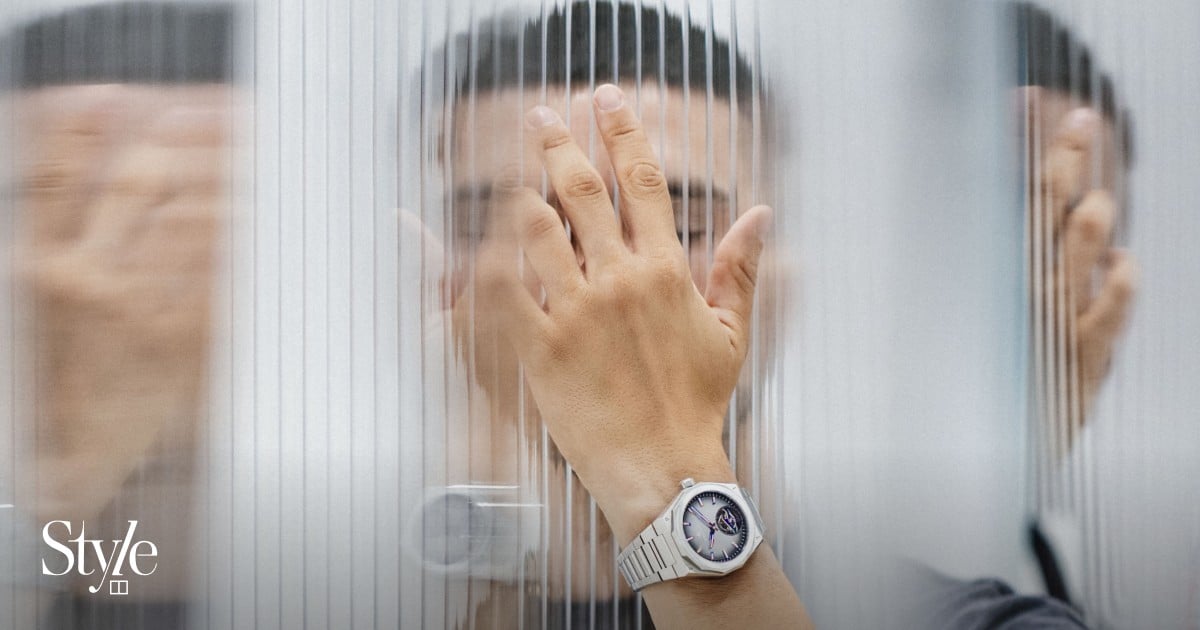Why watch fans are so drawn in by creative tourbillons
Creative tourbillons: how Dior, Tiffany and Zenith draw fans like Jay-Z with the coveted complication
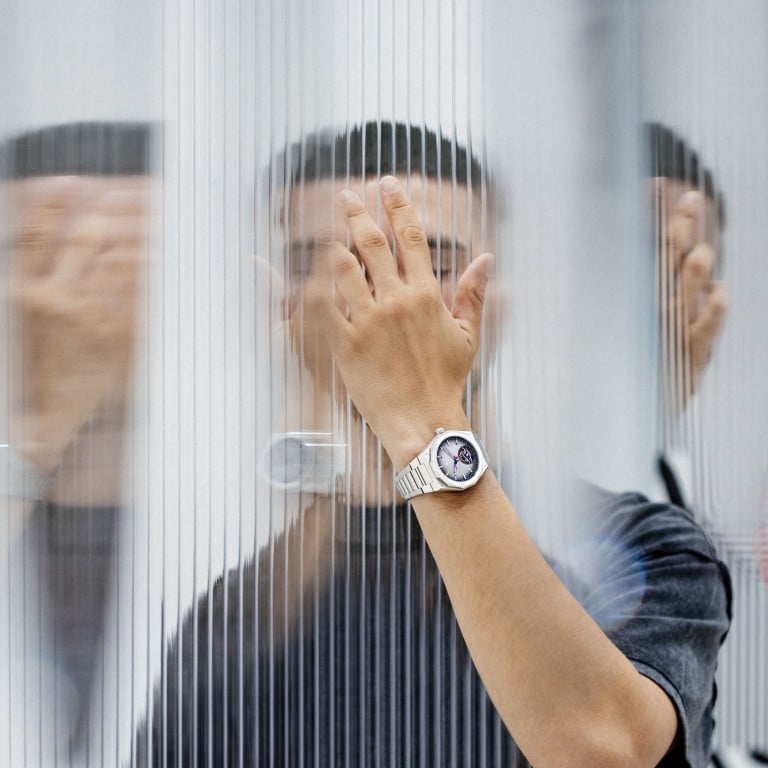
Designed as a precision tool, the complication has become an opportunity for watchmakers to express their artistry – and collectors have taken note
Invented by Swiss-French clockmaker Abraham-Louis Breguet around 1795 and patented in 1801, the tourbillon was designed for the pocket watch era, when timepieces were usually carried vertically in a waistcoat pocket. In this position, gravity could pull on the delicate hairspring, affecting accuracy. Breguet’s solution was to mount the escapement and balance wheel in a rotating cage that steadily turned through all vertical positions, averaging out positional errors over time. The name – French for “whirlwind” – reflects the mesmerising spin of the mechanism.
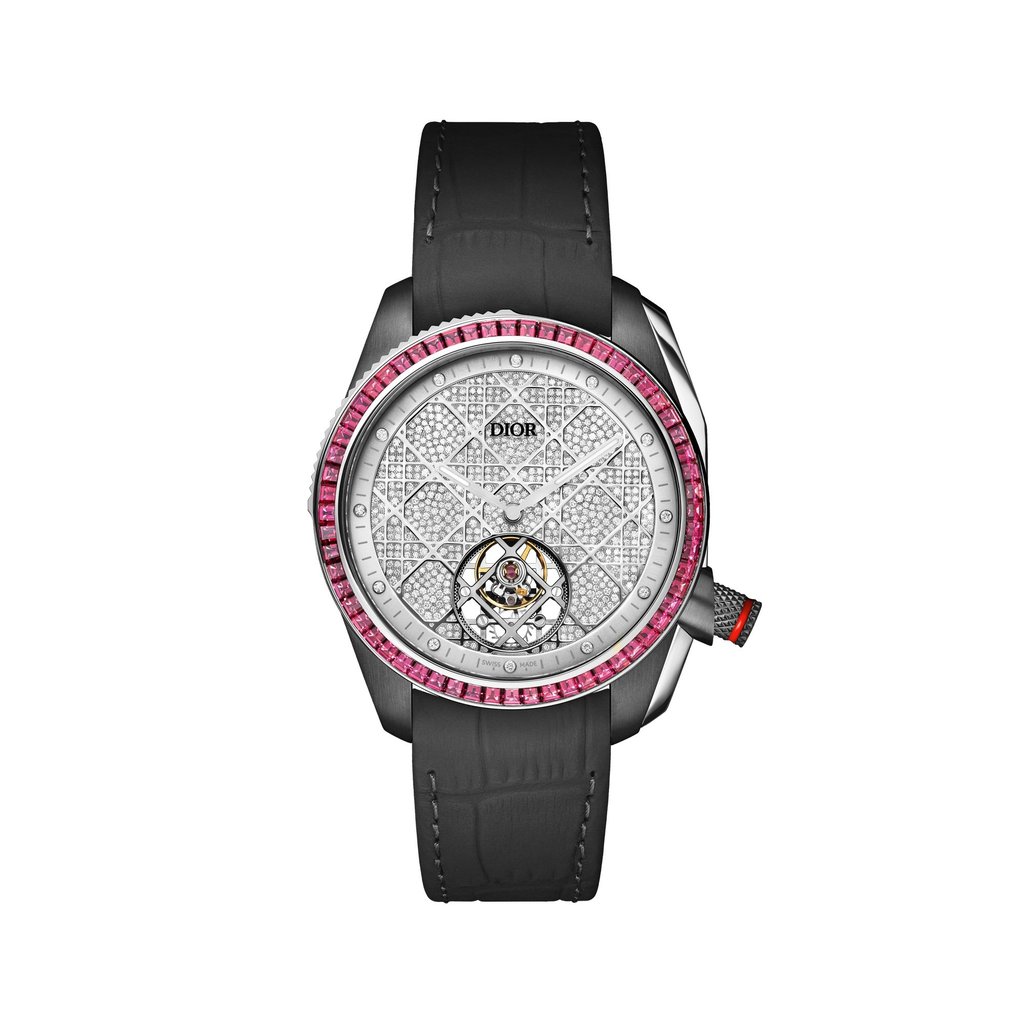
Historically, tourbillons were extraordinarily rare: fewer than 900 are thought to have been made between 1801 and 1945, each requiring months of painstaking hand assembly and regulation. The complication almost disappeared during the quartz watch boom of the late 20th century, until its revival in 1986 by Swiss watchmaker Audemars Piguet, whose dial-side self-winding tourbillon helped transform it from a hidden technical solution into a visible emblem of watchmaking mastery.
Today, that visual allure is being embraced in ever more imaginative ways. For 2025, French fashion house Dior has unveiled three new flying tourbillon pieces in its Chiffre Rouge watch collection, taking the design in an even more graphic direction with the house’s signature cannage motif. A nod to the rattan weaving on the Napoleon III-style chairs that once seated guests at Christian Dior’s Avenue Montaigne salon, the pattern appears on the dial, the rubber strap and the oscillating weight on the reverse.
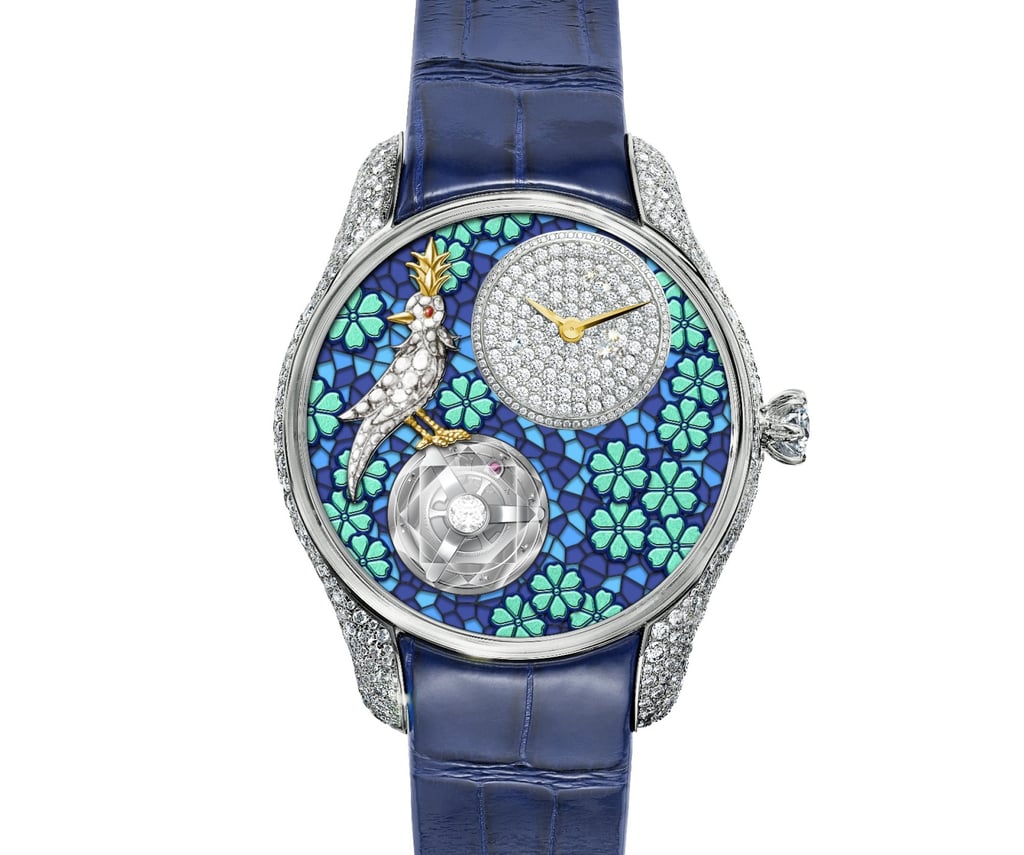
On these haute horlogerie models – created with the Geneva-based La Fabrique du Temps, the high-complication specialist owned by Louis Vuitton – the tourbillon cage itself is shaped to extend the motif, aligning perfectly with the dial’s pattern four times a minute as it turns. Each of the trio of one-of-a-kind white gold watches features a snow-set diamond dial and a gemstone-framed bezel: one set with baguette-cut diamonds; another with rubies; and the third with a full rainbow of sapphires, amethysts, tourmalines and rubies.
Where Dior’s approach plays with geometry, New York jeweller Tiffany & Co.’s Bird on a Flying Tourbillon Azure Blossom takes a more whimsical path, blending high jewellery artistry with horological complexity. Limited to 10 pieces, it builds on the house’s first flying tourbillon, introduced in 2024, and features a multilayered champlevé enamel dial in three tones of blue, overlaid with hand-painted lacquer flowers and crowned by a gold bird adorned with 70 diamonds and poised above the tourbillon aperture.
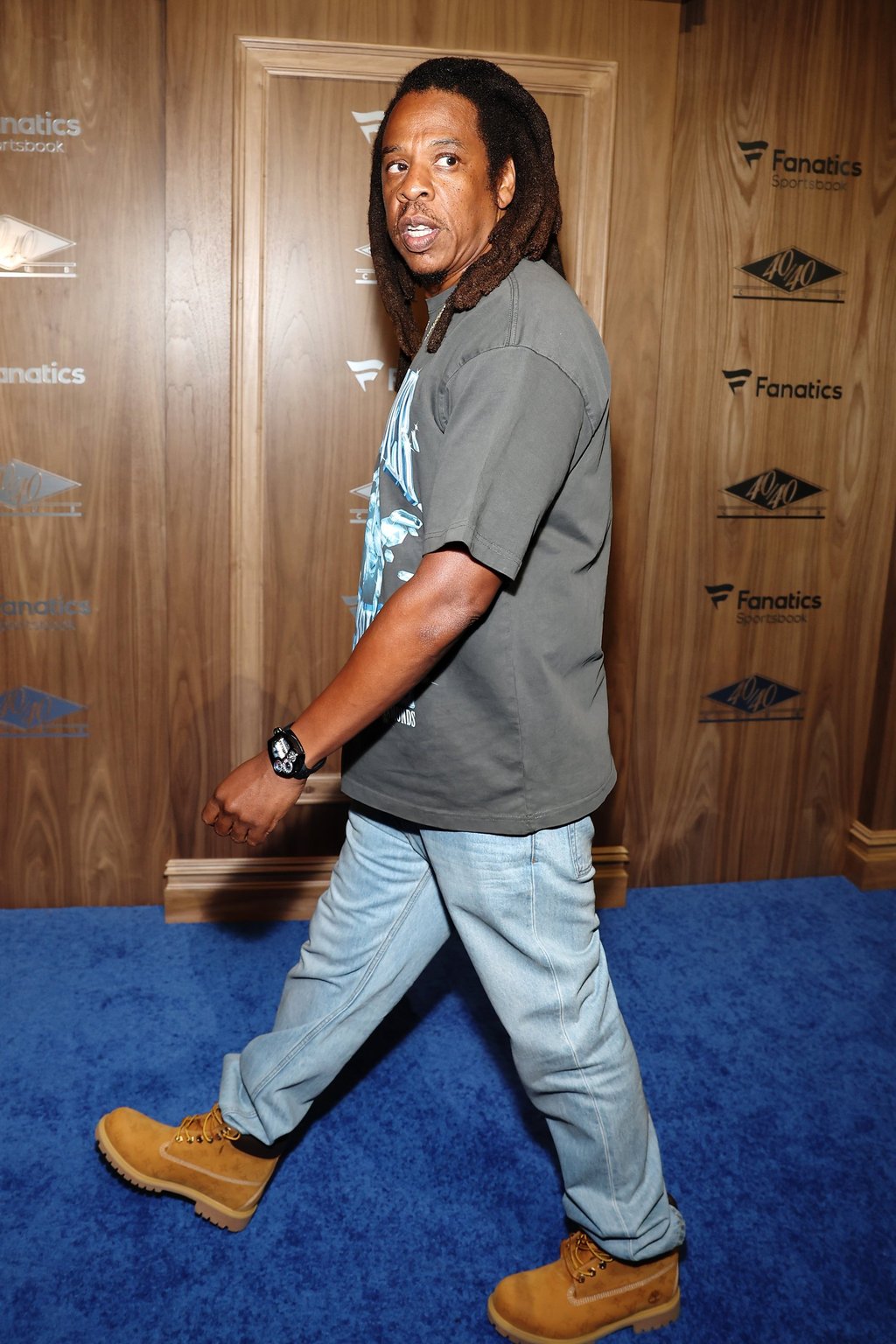
A faceted sapphire crystal dome – cut to resemble a diamond and weighing just 0.309 grams – rotates in unison with the tourbillon cage, scattering light in shifting patterns across the dial. Powered by a custom-made Swiss movement from specialist maker Artime, the 39mm white gold watch is set with 771 diamonds totalling over 3.8 carats, with its intricate hand-finishing on display through the sapphire caseback.

